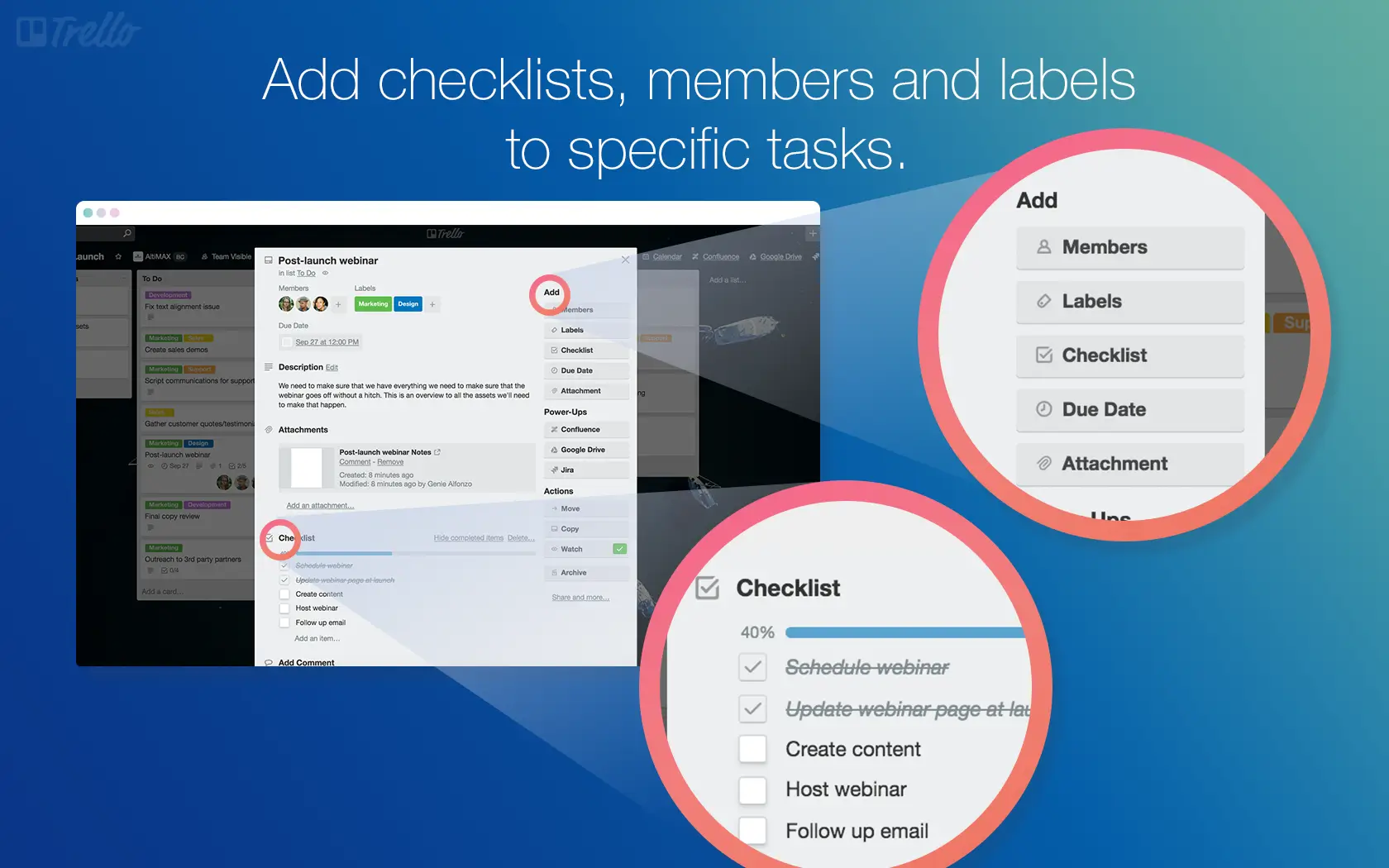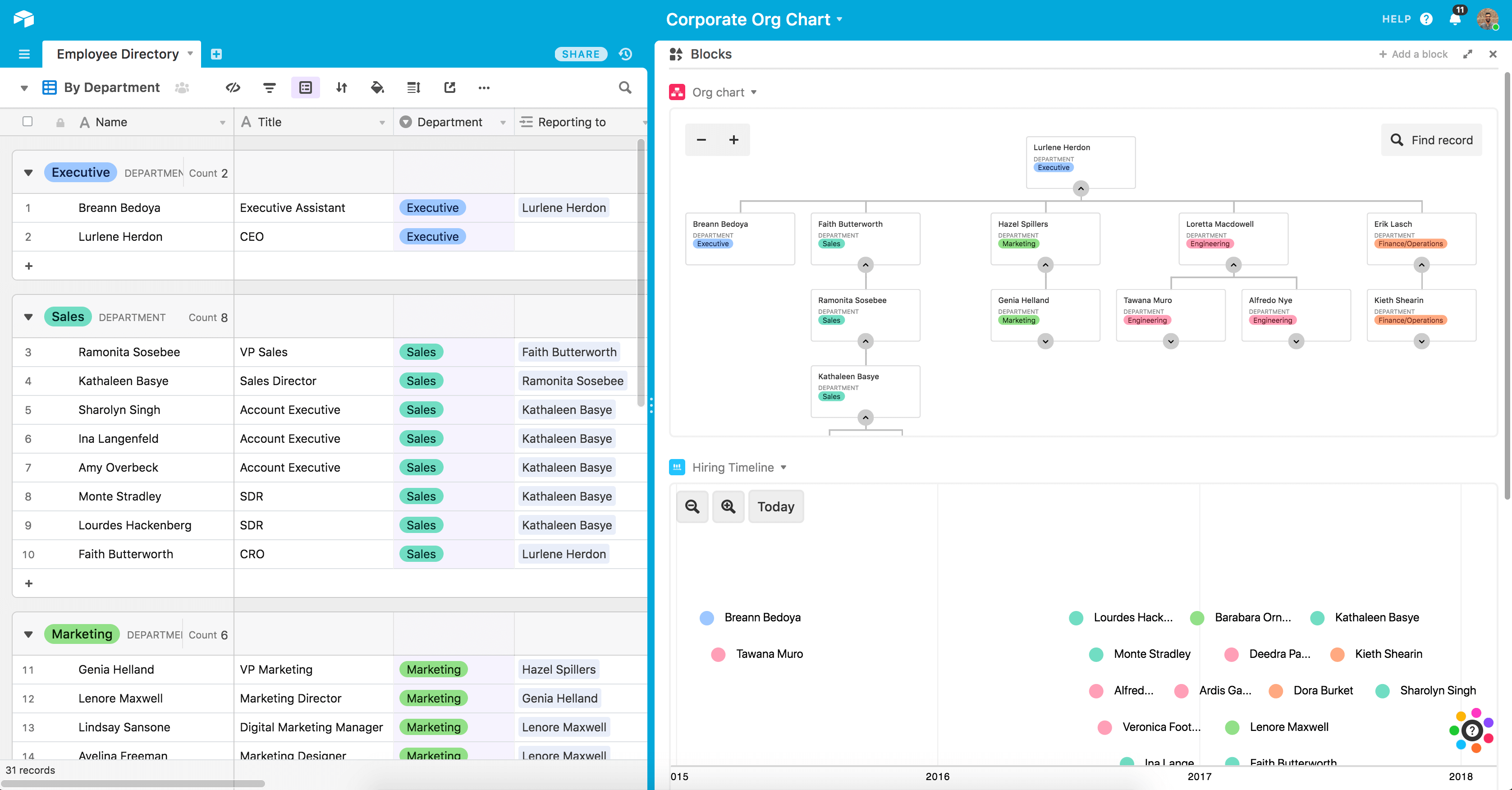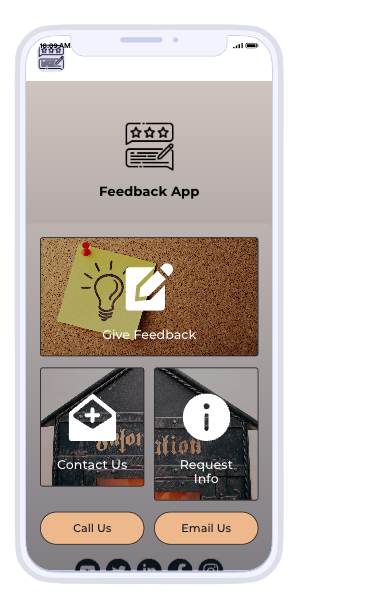No-code tools and apps are transforming the way product managers work. Prior to no-code platforms, product managers needed a technology and coding background to be able to perform some of their responsibilities, like building landing pages and developing e-commerce stores and mobile applications. But no-code tools are now empowering project managers who don’t have a coding background to develop apps, automations, and more.
The no-code movement is transforming the industry, and it’s paving the way for the future of product management. Rather than focusing on learning coding and software development, product managers can focus on other essential skills and devote more of their time to promoting products and driving sales.
From workflow management tools to e-commerce development platforms, the following tools can help product managers expand their capabilities.
1. Bubble
With Bubble, product managers can easily build websites and web apps. The platform is user-friendly and allows users to create prototypes, launch web platforms and tools quickly, and grow and scale their businesses.
Bubble offers many tutorials that help users develop specialized skills, like how to build Netflix or Instagram clones on the platform. Bubble is an ideal option for creating and testing web-based minimum viable products (MVPs).
2. Trello
Trello is a no-code project management platform that can help enhance productivity. With Trello, product managers can easily manage and communicate with teams while keeping everyone organized and accountable.
Trello’s kanban-style board and card design makes it easy to monitor tasks and deadlines. The platform is easy to learn and intuitive to use.
Trello also features built-in automation to help reduce the number of repetitive, manual tasks. This automation can save teams time, so product managers can focus on the tasks that really require their attention.
3. Mailchimp
Mailchimp is an email, marketing, and automation platform that allows product managers to craft professional, polished emails, and manage their email marketing.
Mailchimp also offers the ability to develop and launch a website without any need for coding skills. Built-in marketing tools can help maximize sales, and the platform can help users build social media ads, postcards, landing pages, and more.
4. Airtable
Airtable simplifies the process of creating no-code apps to support a team’s work. Premade templates and an intuitive design make this a user-friendly platform, so teams can quickly start collaborating.
With Airtable, it’s easy to create workflows to track and support product development and launches. Airtable integrates with popular tools like Salesforce, Dropbox, and more, making it a seamless addition to a business’s established platforms.
5. Jotform
Jotform is a user-friendly platform with a simple drag-and-drop interface that allows users to create custom online forms. Jotform’s library of templates makes it easy to create everything from order forms to customer feedback forms. All of the templates are fully editable and customizable, so you don’t have to create forms from scratch (though that’s also an option).
Jotform also supports app development. With Jotform Apps, users can create apps without using any code. App templates help simplify and streamline the development process, and finished apps are easy to download onto a computer, smartphone, or tablet.
6. Zapier
Zapier is a no-code workflow automation platform that takes care of repetitive tasks so product managers can focus on the work that really matters. Zapier allows you to integrate multiple web apps and ensures that they all communicate with each other. That integration results in faster processes that get your work done.
Zapier connects to more than 3,000 web apps, and it integrates with apps like Google Docs, Google Sheets, QuickBooks, Slack, and Facebook lead ads. Building workflows and automations takes just a few clicks, and there’s no need to have a developer background or coding expertise.
7. Twilio
Twilio is a versatile customer-engagement platform that makes it easy to connect with customers via messaging, audio, video, and email. This platform makes it easy to use automation and artificial intelligence to provide top-quality customer service.
With Twilio, product managers can provide personal messaging to better connect with customers. The result is a better customer experience and improved customer engagement.
The right no-code tools for your needs
No-code tools can help product managers do everything from develop landing pages to automate their workflows so they can get more done each day. But these tools are only helpful if they’re a good fit for your needs.
Before choosing a tool, think about the problems you want to solve and the potential solutions the tool offers. Cost is another important consideration, though some of these offer free plans that can be helpful. Many also offer free trials, so you can try them out to get a sense of which one is best for your needs before signing on for a full subscription.
Photo by Kindel Media






















Send Comment: